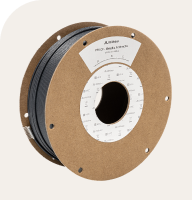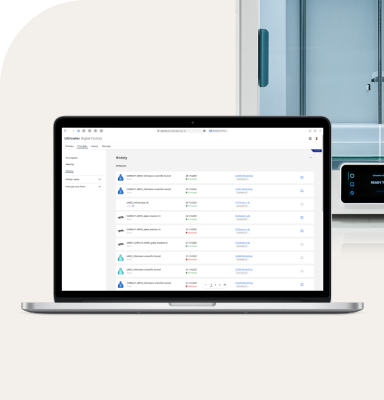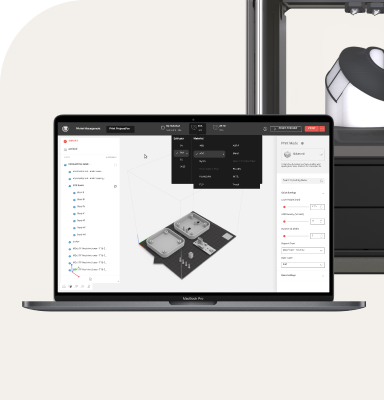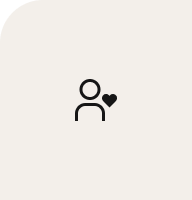Materials
One of the most common concerns when it comes to 3D Printing materials is whether it can hold up to the same standard as metal milled parts and we want to be clear, you can replace metal with plastic. Working with hundreds of companies we’ve noticed that applications made of metal are often overkill for a part’s mechanical needs, and because of the mentioned benefit of 3D printing technology being able to create geometries that are not achievable through machined metal, clients are able to create lightweight parts using a wide range of available materials that are fit for purpose.
That being said, when thinking about what material to use, you have to know the requirements:
- Functional: e.g. strength, flexibility, durability, rigidity
- Environmental exposure: e.g. temperature, humidity, chemicals
- Weight and size constraints
- Industry standards, material certifications, safety or regulatory material constraints. .
- Aesthetic or surface finish: e.g. color, texture
- How long should the material last under normal usage conditions.
While a full list of available materials can be referenced on our UltiMaker Marketplace where we’re confident that you’ll find everything you need to best suit your needs, from FDA and EU Food Contact certified materials, medical grade polymers to PPS CF steel and aluminum replacement alternatives, we also wanted to present some of the recommended materials we’ve seen used by our clients in the food and beverage industry:
- Polymaker CoPA - Low friction coefficient, impact resistant
- Igus iglidur i150 - EU 10/2011 certified for food contact, self-lubricating, easy to print
- Igus iglidur i180 - High load and wear resistance
- Lehvoss 50588 - Magnetically detectable, FDA food safe certified, available in blue
- Kimya PETG-S - Easy to print, FDA food contact certified, available in blue
- UltiMaker PPS CF - Easy to print, extreme stiffness, high temperature resistance(HDT B of over 230℃ after printing)
- UltiMaker PET CF - Easy to print, dimensional stability, high toughness, available in blue
- Igus Iglidur i190 - High temperature resistance, wear resistance
Change the game
With overall costs increasing in the manufacturing and packaging industry and supply chain instability further contributing to volatile market dynamics we know that 3D printing can help you not just adapt, but change the game.
All of our clients so far have benefitted from safer working environments, decreased lead-times and costs, improved warehousing and stock management, increased factory line uptime, faster time to market and increased overall equipment efficiency.
If you want to know how UltiMaker can help you change the game for your business, please don’t hesitate to contact us and our team of experts would be more than happy to reach out and help!
































